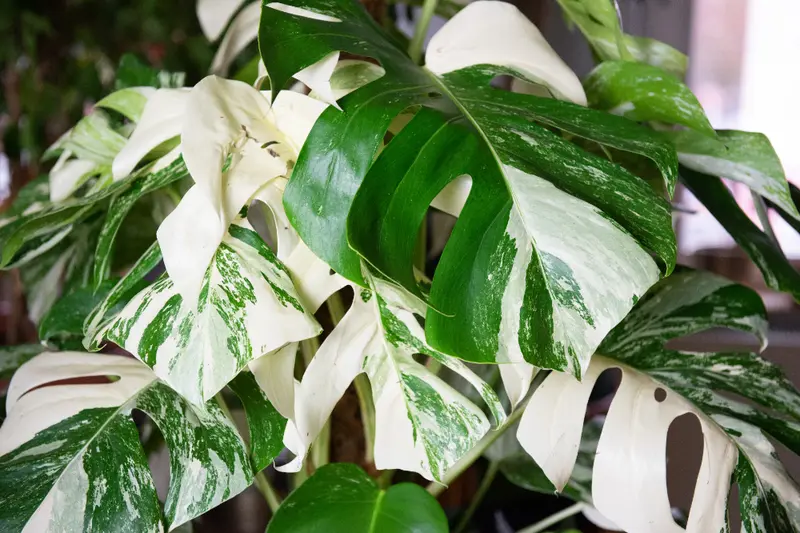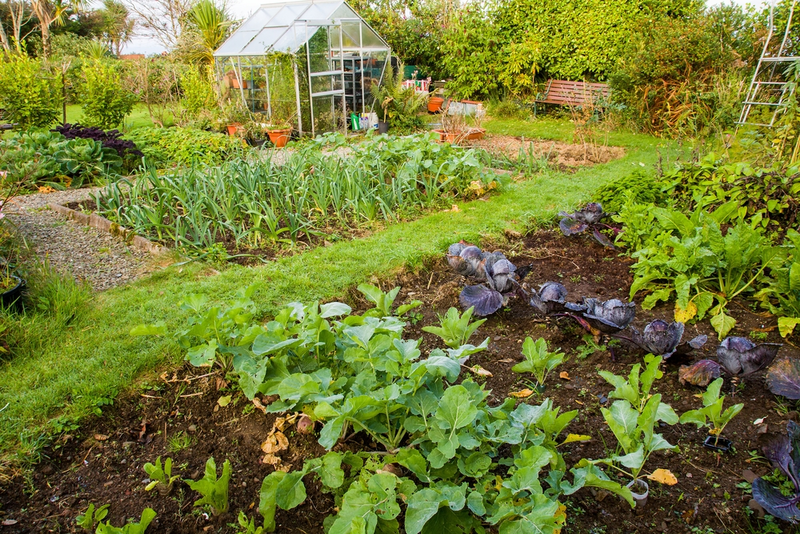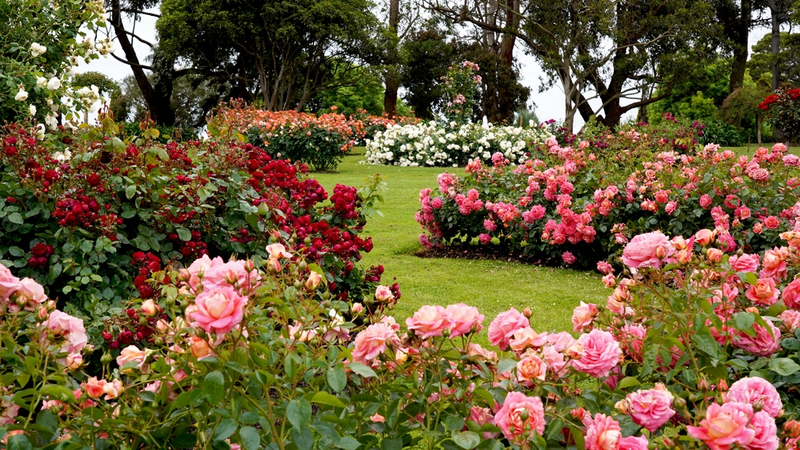If you’re wondering how to get rid of Ivy for good, it can be done. However, we would also ask you to rethink getting rid of it! Ivy (Hedera) can become a nuisance if left untrimmed, but if managed well, it is a great plant for screening and privacy, plus an absolute haven for wildlife. These are our tips for removing it, managing it, and why it is so good for your garden but has a bad reputation!

How does Ivy grow?
Young Ivy leaves are large, dark green and glossy. As it matures, the leaves will become more rounded, and the creamy/white flowers will bloom in spring with bluish fruits in autumn. Ivy grows in sun and shade and can cool your house in summer and protect it from damp in winter. Unlike other climbing plants, Ivy doesn’t need support as it ‘self clings’ to structures.
The advantages of Ivy
Ivy is a vigorous plant and it can take over a wall or fence very fast. It can grow a few feet in height and width every year. For screening, it is perfect, but if it’s taking over then not so ideal. There are so many benefits to growing Ivy for wildlife, for example. The thick growth is wonderful for nesting birds and the insects Ivy attracts are also attractive to garden birds. You’ll find moths, gnats and even bats enjoy Ivy. The berries are also edible to birds, so it’s a great plant to grow to encourage biodiversity.
How to stop Ivy from taking over?
You don’t want to keep the Ivy, but you are convinced by the wildlife benefits, so you might like to grow some, but how to stop it from taking over? There are a few options. Remove your current Ivy and replace it with a slower-growing variety. Remove as much as you can of the Ivy, leaving just a small amount and then manage it each year to stay smaller or keep what you’ve got and cut it back hard each year. Never cut back during nesting season, but otherwise, Ivy can be trimmed back in spring, and overgrown plants can be cut back much harder.
Digging it up
If you still want to get rid of your Ivy, we recommend getting your spade and digging it out. It might be a tough job, but that’s the best way! For Ivy varieties and advice about growing or removing it, visit us at our location.




